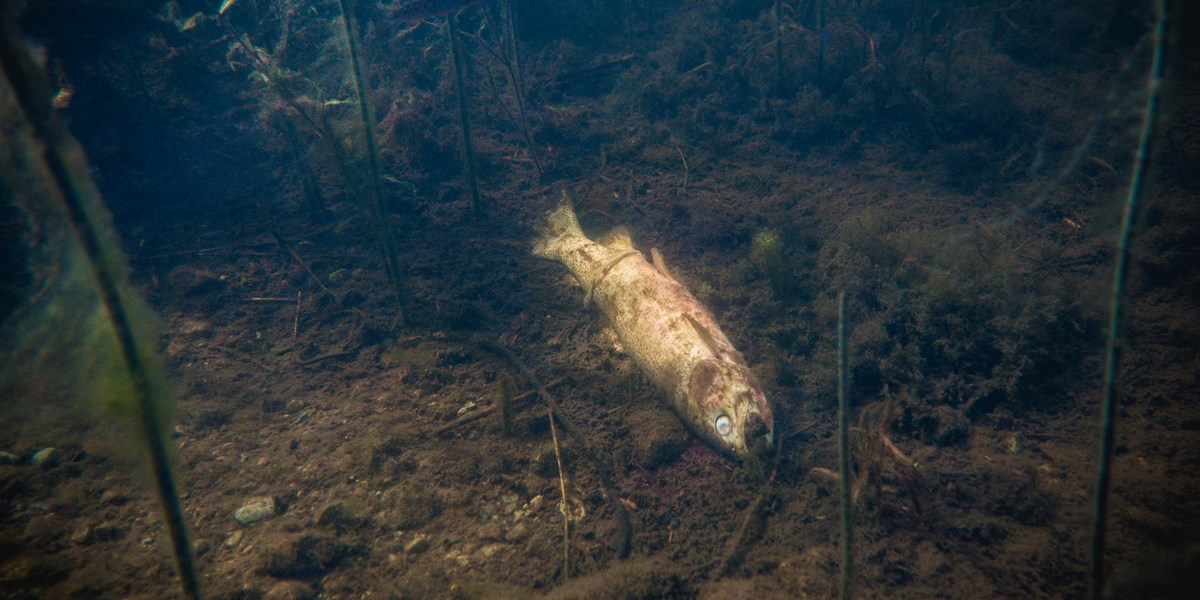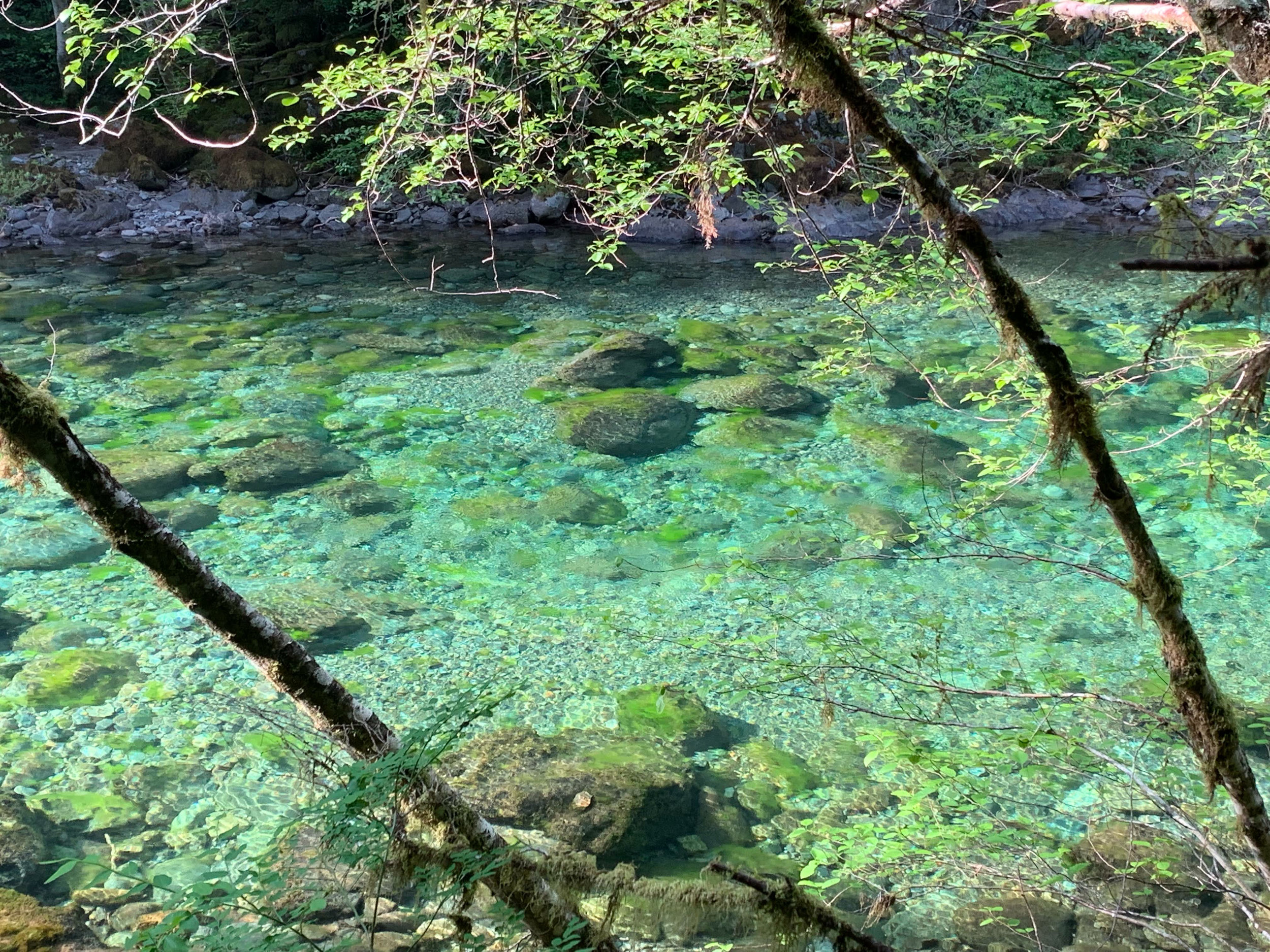Water is a critical resource upon which all life depends. At MobileH2O, LLC, we strive to ensure healthy waterways for all. Many of us are fortunate to have clean water delivered to our homes via municipal water systems. We don’t have to travel to access it and, for the most part, can be assured that our water is free of contaminants. Some of us can even install readily available filters to ensure the water we serve our families is safe and clean. While we have the luxury of purifying the water we drink, animals living in natural waterways do not.
Let’s consider the life of a trout and the kind of habitat it needs to thrive. The water temperature should ideally be between 45-65 degrees, pH levels between 6.5 and 8.5, and the waterways free from trash, fish barriers, excessive levels of nitrates, nitrites, and phosphorus. In conditions like these, trout can grow, spawn, and maintain stable populations.
Eastern Brook Trout
But what happens when any of these conditions get disrupted?
The warmer waters and lower water levels occurring as a result of climate change can have a devastating effect on fish populations.
Waters warmer than 70F can be lethal to Glacier National Park’s cold-adapted cutthroat trout. NPS PHOTO
According to the US Environmental Protection Agency, “Too much nitrogen and phosphorus in the water causes algae to grow faster than ecosystems can handle. Significant increases in algae harm water quality, food resources and habitats, and decrease the oxygen that fish and other aquatic life need to survive.” (You can read the full article here). Add in trash, fish barriers, and bank erosion to chemical contamination and the fish will lose every time.
So, what can we do about it? Well, the first step is to understand the depth and breadth of the problem. To do that, we need tools and data to inform us of both the physical and chemical disruptions to our waterways.
That’s where the WiseH2O™ app comes into play.
The app tracks physical conditions, including water temperature and the presence of bank erosion, fish barriers, trash, and pipe outflow. In terms of water chemistry, we can screen for pH level, alkalinity, hardness, nitrates, nitrites, and phosphorus. As it has been designed for use by citizen scientists, the more anglers, farmers, students, and others who use the app, the greater our understanding of the problems. By engaging in water quality monitoring, we can all get a better picture of both the overall health of our fisheries and the specific locations to target remediation efforts addressing areas of concern.
Through our partnership with Trout Unlimited, we work toward improving our understanding of water conditions, why it matters, and how to make positive change for the health of our fisheries. With so many active members who care about fish and their habitat, Trout Unlimited makes a difference toward ensuring healthy waterways for all. It is no easy task, but it is one we can’t afford to lose.
Impairment of habitat and water quality limits the health and productivity of trout and salmon fisheries in many watersheds. Fortunately, many types of watershed degradation are reversible. Trout Unlimited applies various strategies, including curtailing pollution from abandoned mines, reducing runoff from farmlands, retaining stormwater, stabilizing and re-vegetating streambanks, and enhancing instream habitat, to address such degradation and rebuild habitat and fishery productivity.
Photo by Carter Borden
In future posts, we will continue to dive deeper into water quality issues and what you can do to make a difference. Let us know if there are specific areas you would like to see us cover. We would love to hear from you!
Cheers!
Sarah


